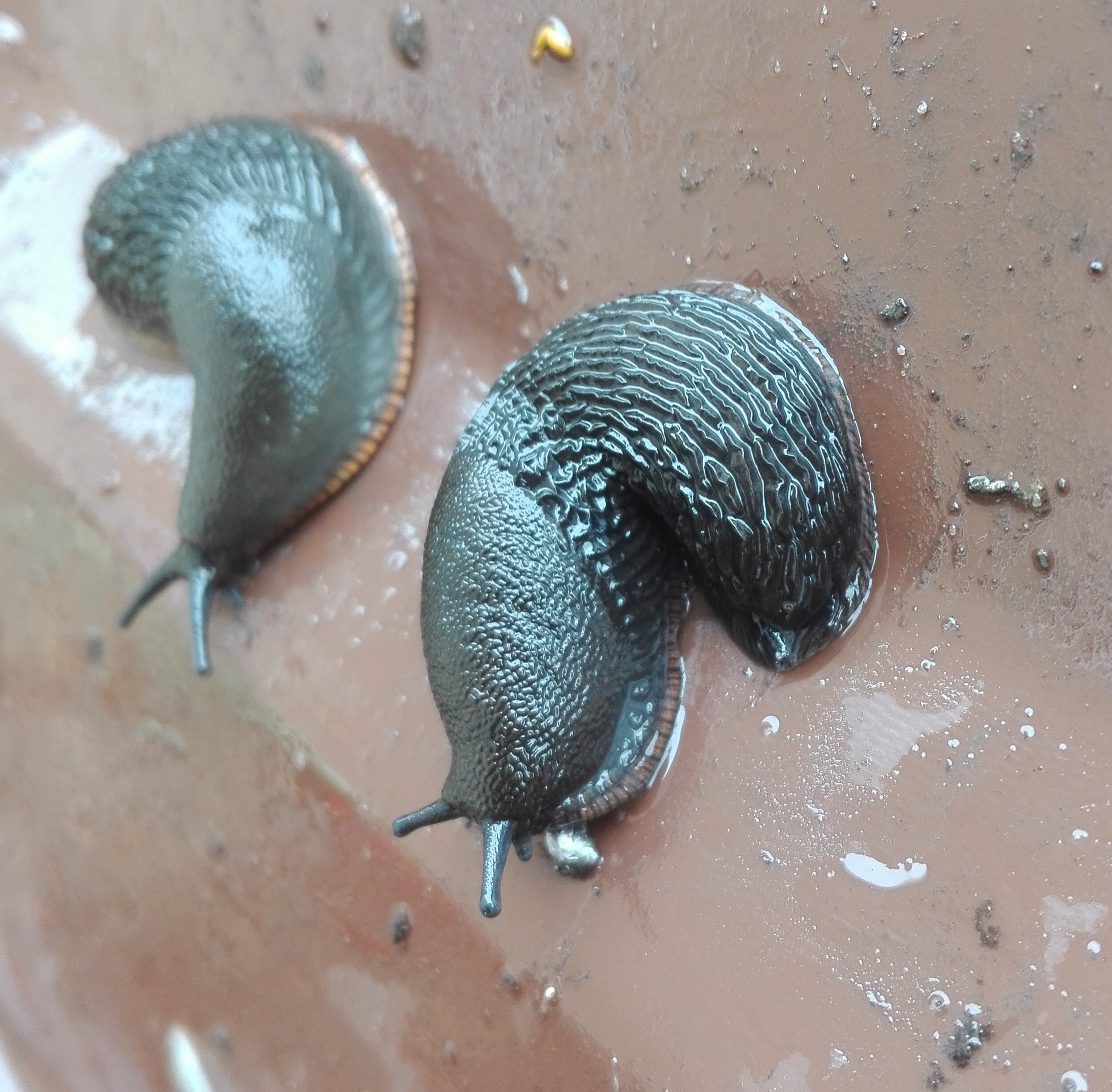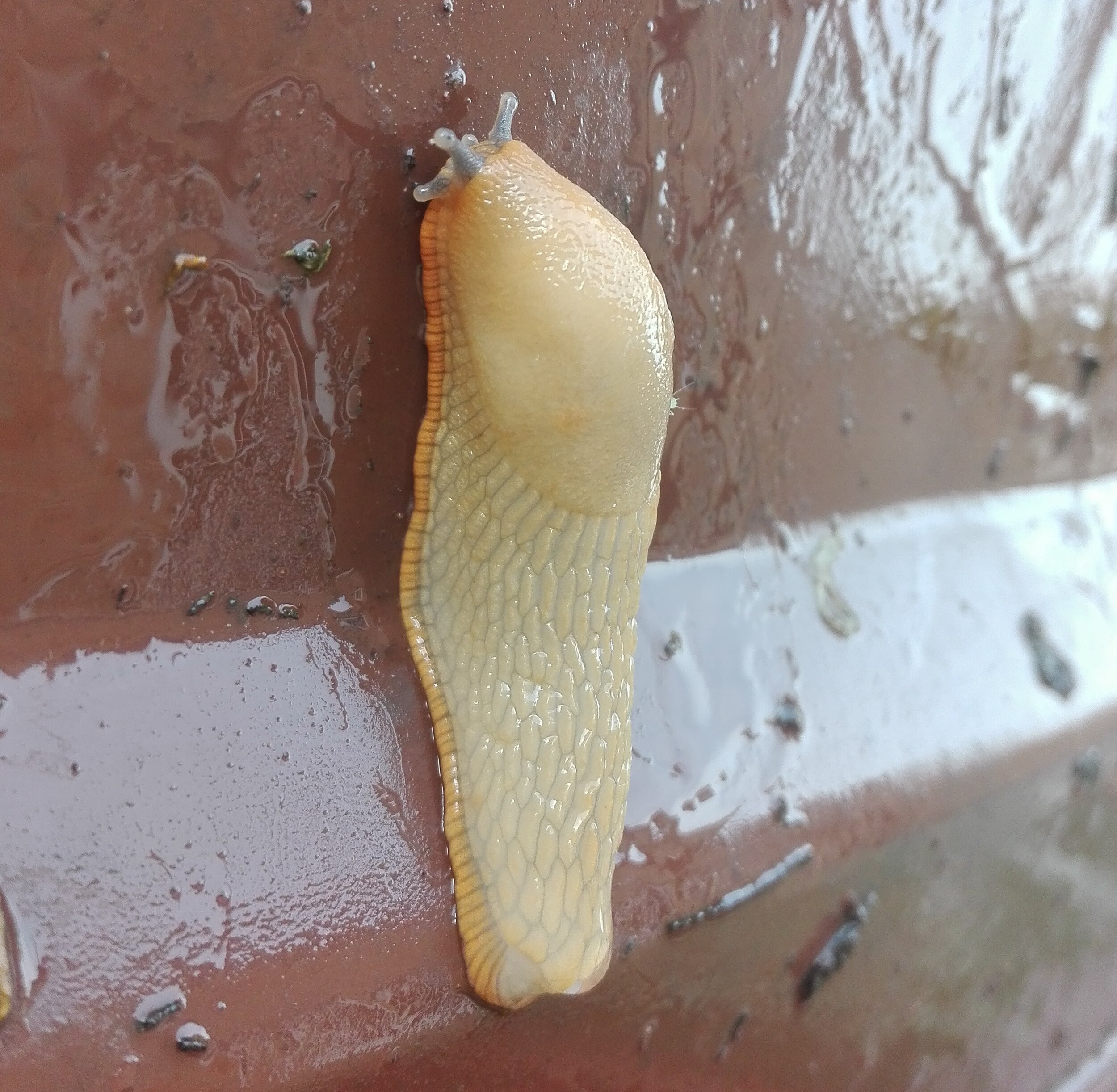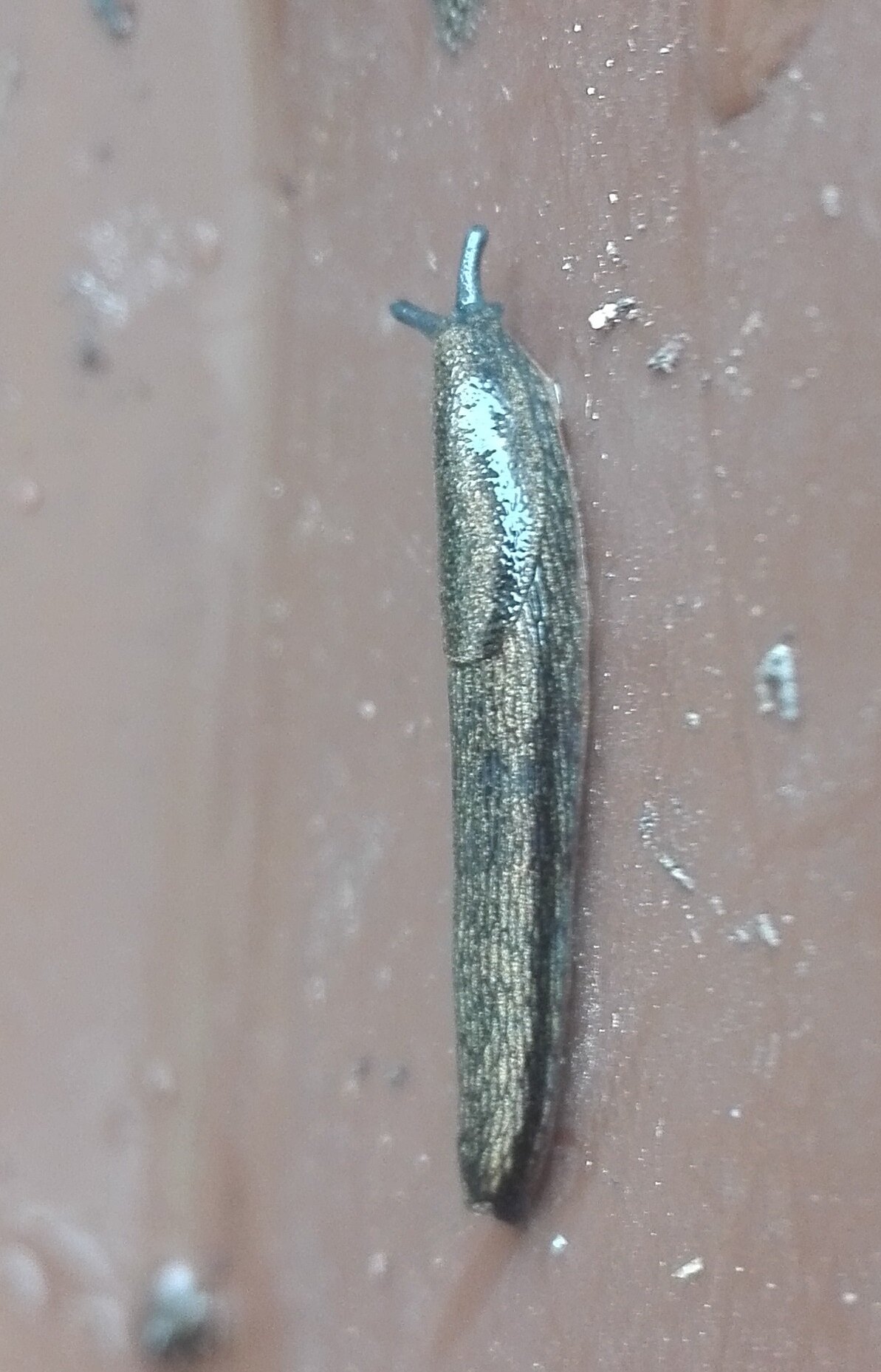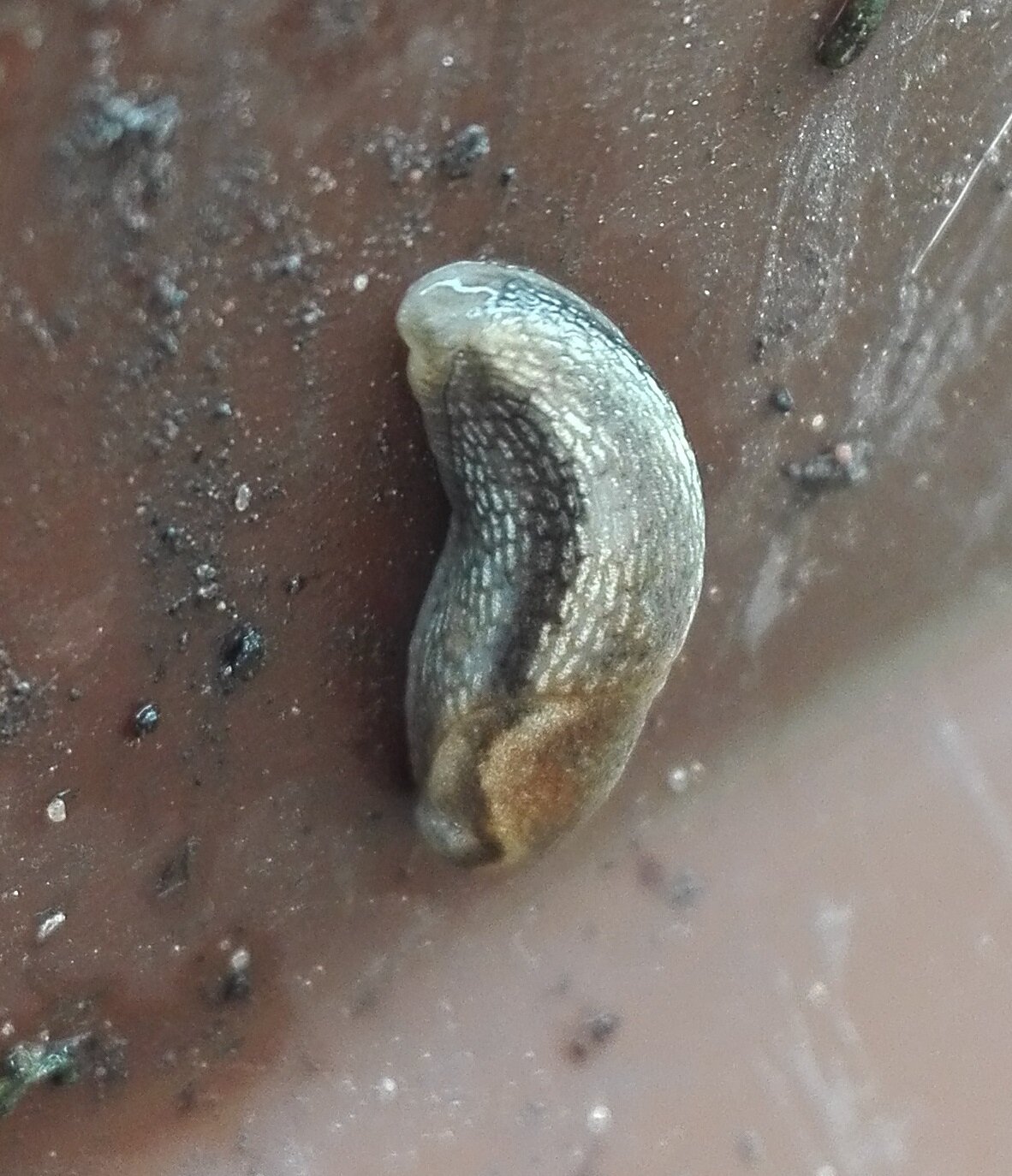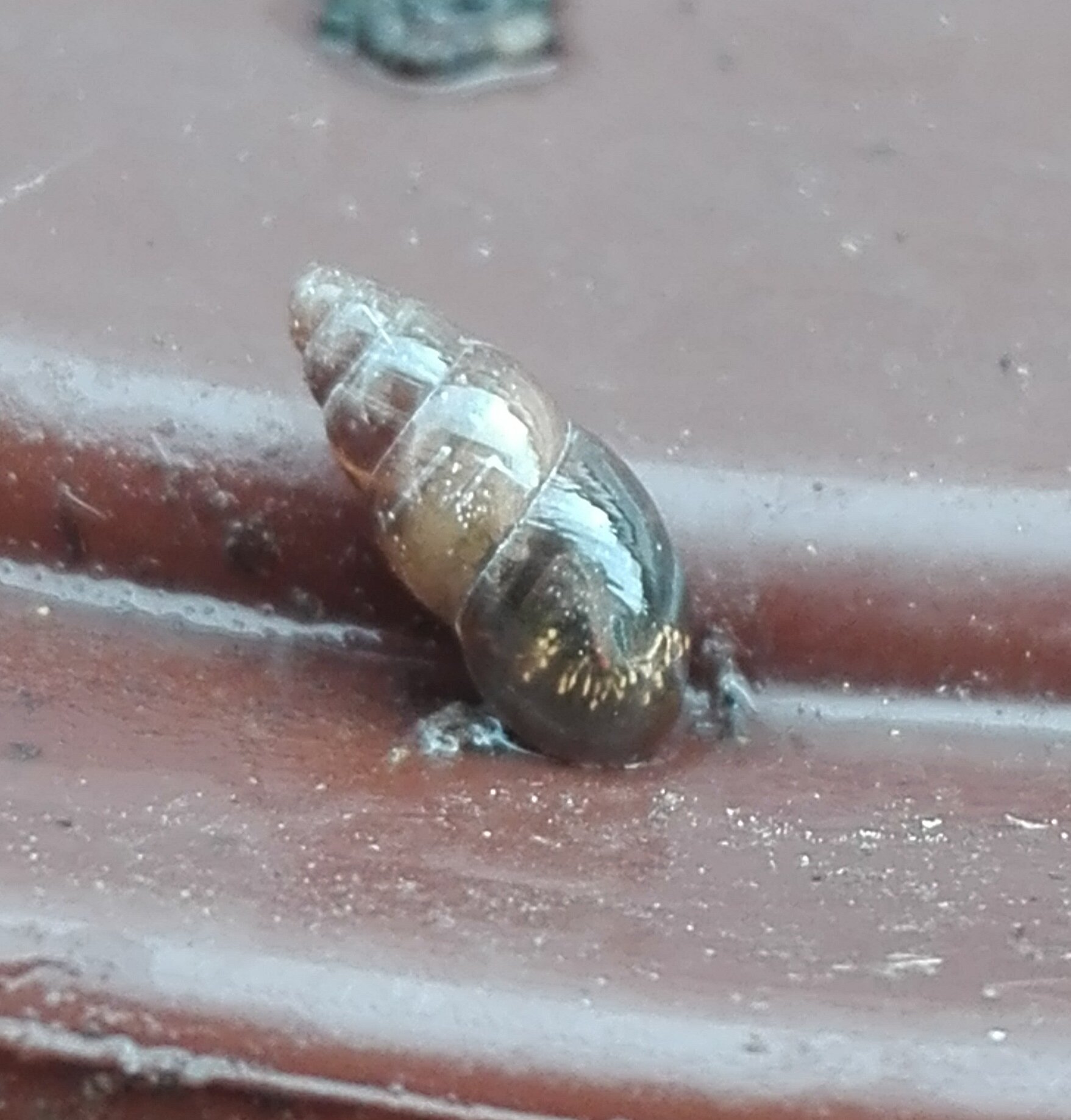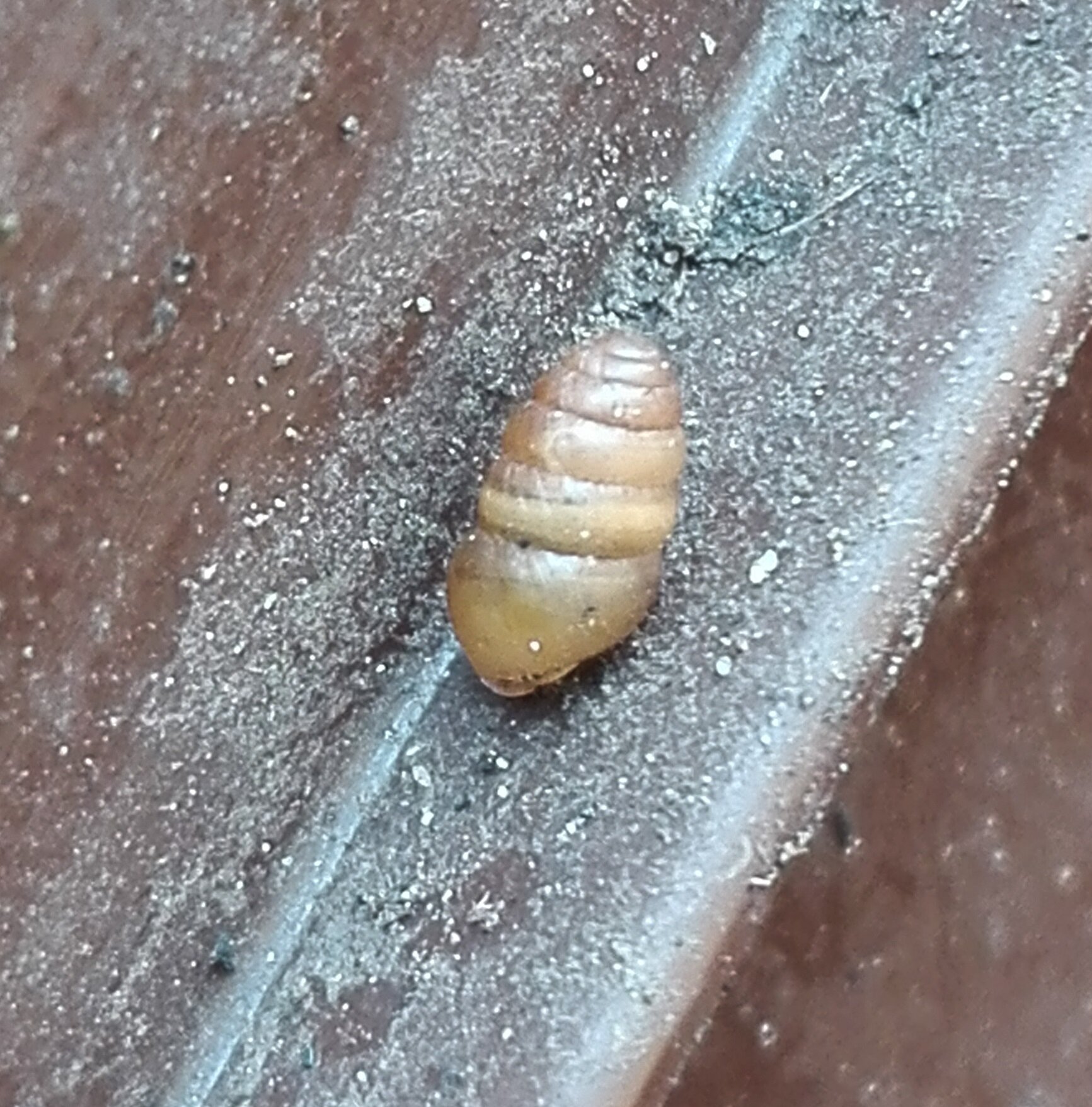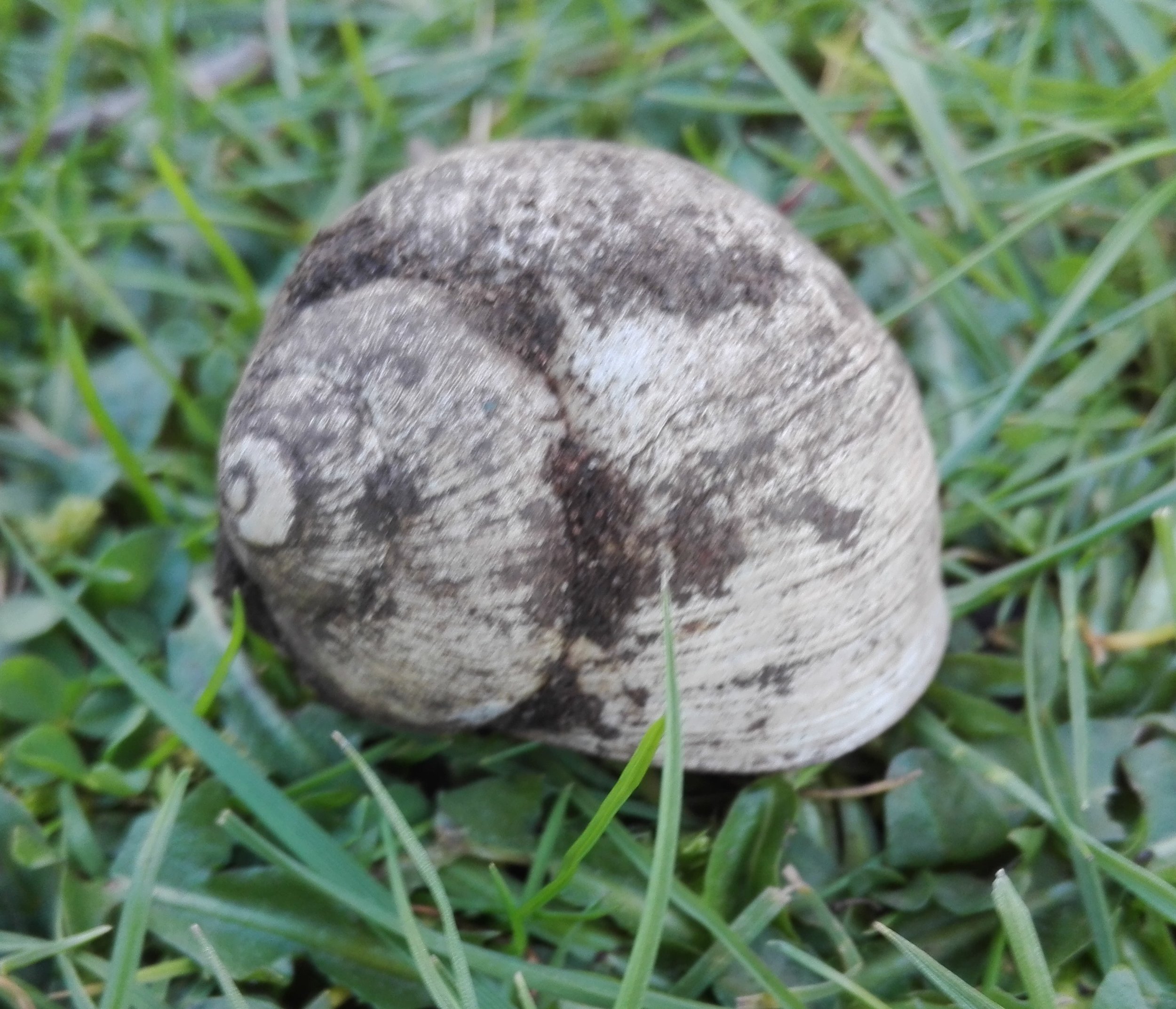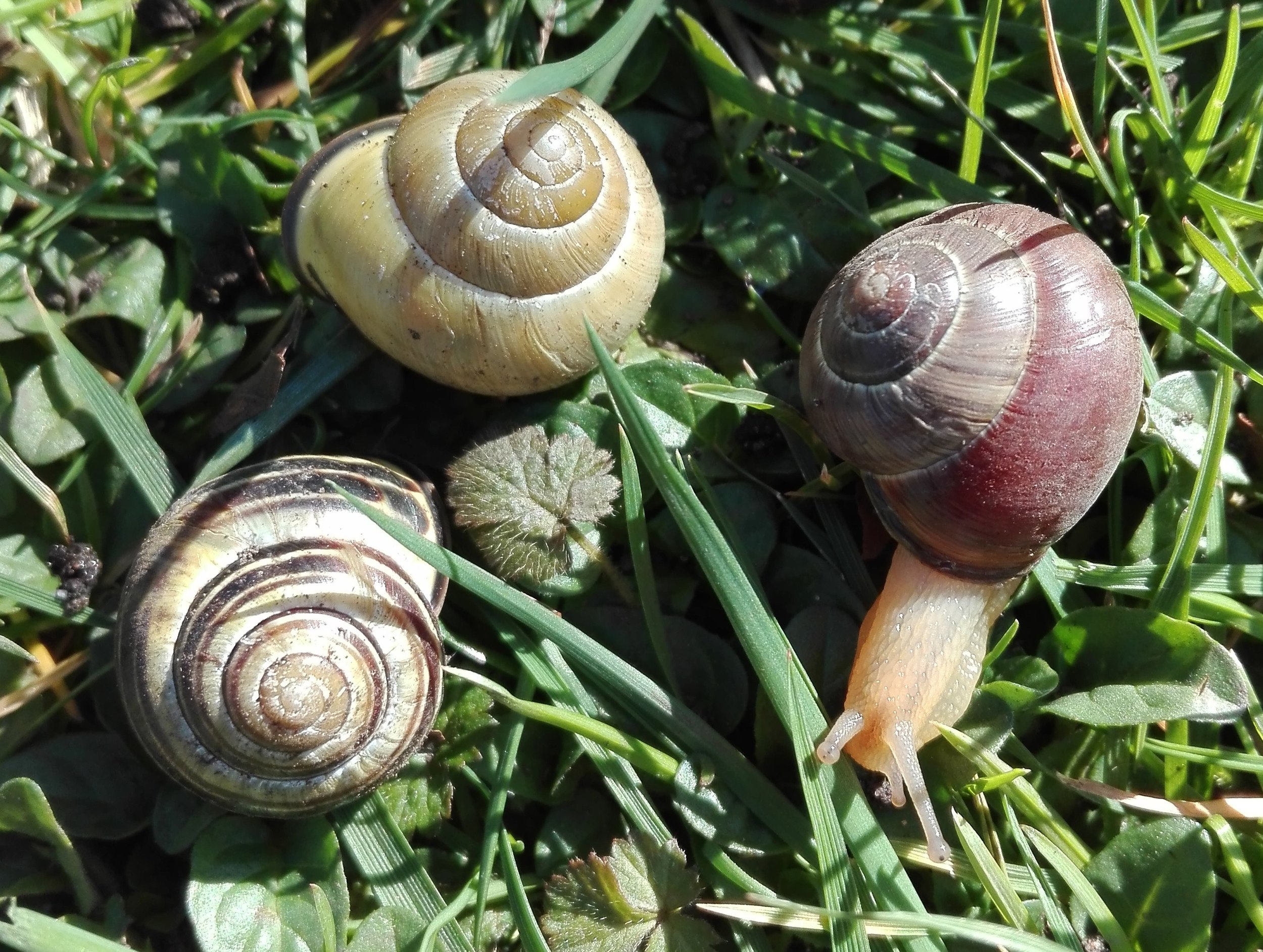Feast of Slugs
/Wet weather the other weekend after a long dry spell, brought out plenty of slugs, including all these caught up in the garden waste. Obviously I had been guilty of neglecting my molluscs, as it turned out there were three new species for the list all in one bin load of garden waste. It’s taken a while to sort this out, as slugs are very confusing. While I should be celebrating slugs as part of the garden biodiversity, there’s enough around that I don’t mind losing a few. It was also interesting to see one of my song thrushes tackling a large black slug, seeming to be pecking out parts of its innards. There are enough snails around here, so I’m presuming thrushes are happy enough to try some slug for a change.
The black slugs (Arion ater) are tremendously variable, from deep black to brown to beige to almost while, all with an orange sole. Hard to believe they are all the same species, but they might be - it’s also hard to tell.
The stripey ones are also quite confusing, but after some study I believe I have Arion hortensis (Garden Slug), Arion distinctus (Common Garden Slug) and Arion fasciatus (Bourguignat's Slug). Arion hortensis has contrasting stripes, where Arion fasciatus is pale grey, almost while towards the sole. Arion distictus is larger and not so striped, with golden flecked back.

